No one wants to have to go running for a drip bucket every time it rains. But most importantly, that one small drip usually symbolizes a larger roofing issue. There are a multitude of reasons for roof failures that can cause leaks but here are the 9 most common ones:
Cracked Flashing
What Does It Look Like: Flashing are thin pieces of metal that are installed under shingles and on the joints of your roof in order to create a water-resistant barrier, which can be concealed or exposed. If exposed, they will look like long runs of sheet metal and, if concealed, they will have a rubberized coating overtop. Broken flashing will feature large cracks
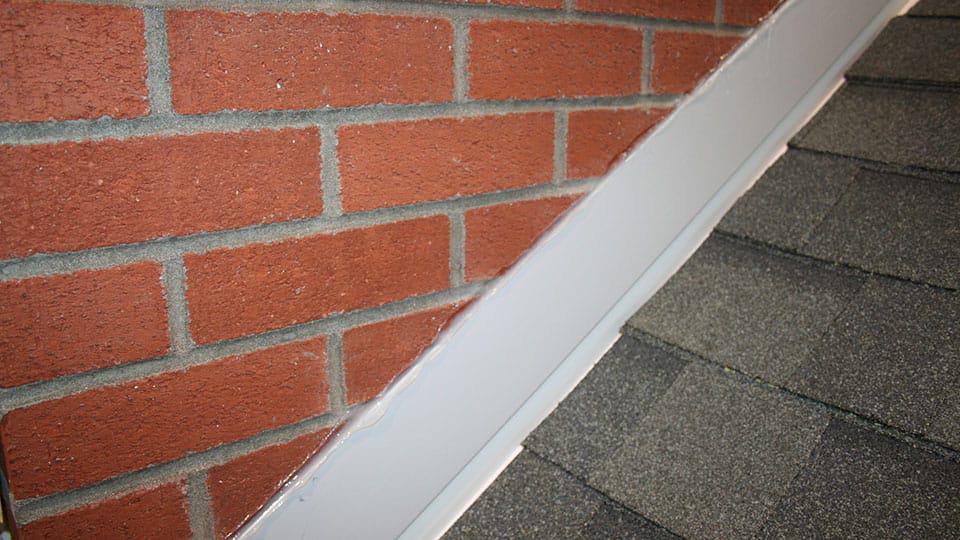
Why It Happens: Roofers often use tar to seal the flashing together and this material can corrode over time. In the event that your flashing is exposed, wind and rain could be the reason behind its crack.
Broken Or Missing Shingles
What Does It Look Like: This one is usually easier to spot. You should be able to identify missing shingles by seeing different-colored patches on your roof. Alternatively, you may find the shingles themselves littering your yard after a heavy storm.
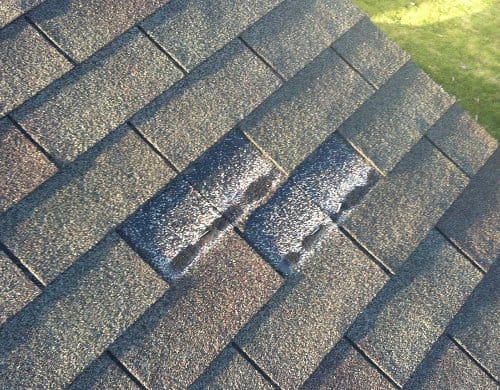
Why It Happens: Again, weather. High winds and heavy rains.
Valleys Aren’t Properly Sealed
What Does It Look Like: An area where two planes of roof come together. Since, these areas of the roof are usually sloped, if the valleys are not sealed together properly, rainwater can get inside as it runs down the roof. This is why professional roofers will look for wet spots along the seams of your roof.
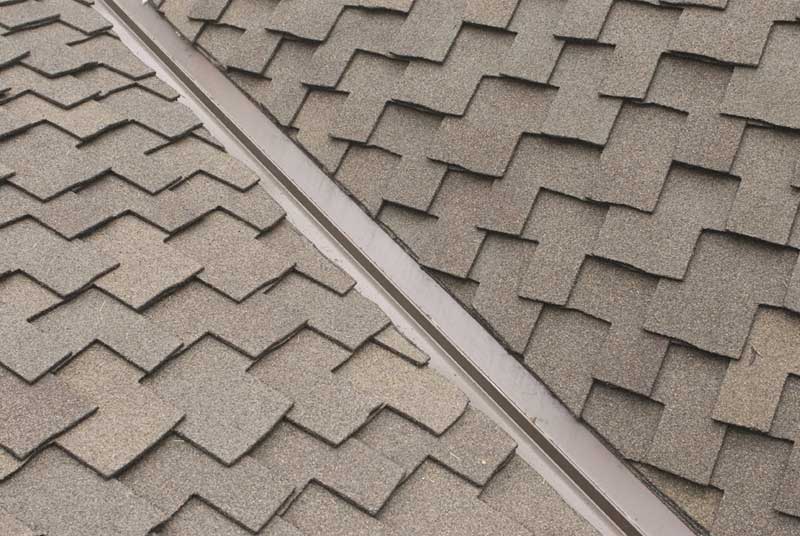
Why It Happens: The sealing may not have been installed properly in the first place, it may have cracked when being stepped on, or an excess of rain and ice may have caused it to erode over time.
Vent Booting Is Cracked
What Does It Look Like: Roof vents are those things that look like small pipes sticking out of the top of your roof. They are used to expel excess moisture from the inside of the house. Leaks from this area will usually leave dark spots.
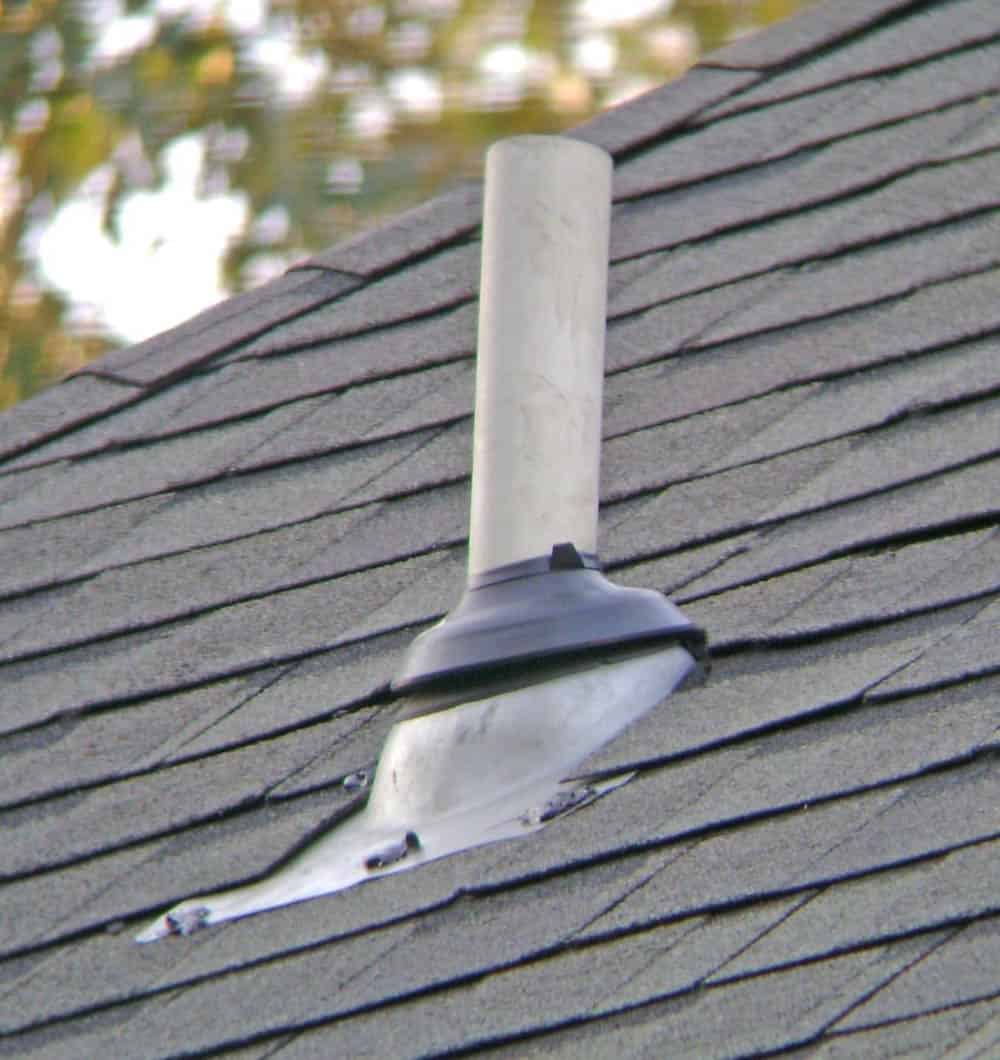
Why It Happens: Roof vents are sealed by placing flashing around the opening and slipping a tight, rubber boot over the area where the pipe peeks out of the roof. Over time, the flashing can break, or the roof can decay.
Skylights Were Improperly Installed
What Does It Look Like: Leaks from this kind of problem are easy to spot. If you find yourself noticing wet spots or consistently needing to place drip buckets around the sides of your skylights, you’ve found the cause. However, leaks and wet spots near the top of the skylight may be a flashing issue instead.
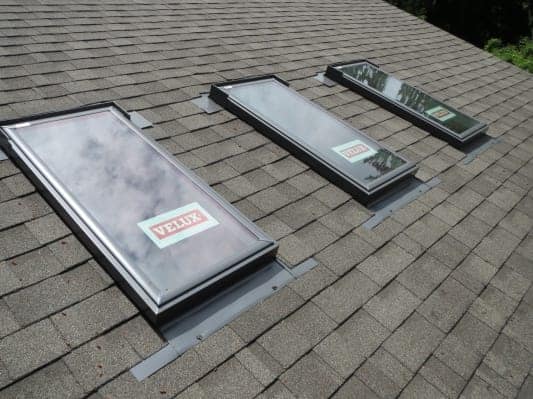
Why It Happens: There are two main causes for this type of leak. Improperly measuring and fitting the skylights upon installation or decayed insulation along the skylights edges.
Gutters Are Clogged
What Does It Look Like: You may be able to see leaves sticking out of the gutter when you look up onto your roof. But, if not, you should notice the lack of water trickling out of a downspout during a rainstorm.

Why It Happens: Your gutters are meant to help water travel away from the roof. When a blockage forms and they get clogged, that travel stops. Rainwater will then pool in one area of the roof and have more of an opportunity to seep through cracks.
Cracked Chimney
What Does It Look Like: There will be visible signs of wear and tear along the mud cap, or mortared area around the top of the chimney. There might also be holes in the mortared joints where the chimney connects with the roof. Additional signs are loose flashing and shingles in the surrounding area.

Why It Happens: Mortar is essentially just a thick mixture of water, sand, and cement which erodes over time, especially in harsher weather conditions.
Condensation In Attic
What Does It Look Like: A leak is most likely coming from your attic if the space shows signs of mold or mildew. A strong, musty odor emanating from the attic is also a sign that a lot of humidity and/or water got inside.

Why It Happens: As the uppermost part of your home, the attic is trapped between indoor and outdoor temperatures. When those clash – especially during hot summers or cold winters – condensation will form and a lot of moisture will follow.
Aged Roof
What Does It Look Like: Shingle edges are curled or shingle tabs are cupped, bald spots where granules are missing, cracked shingles, dark streaks and moss built up can be signs that your roof is nearing the end of its lifetime.
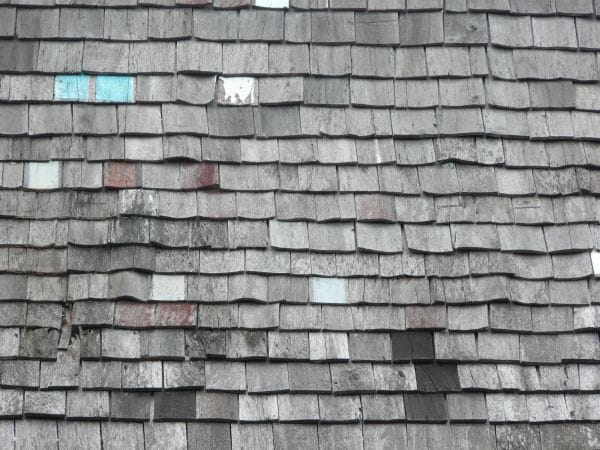
Why It Happens: Roofs often leak because they’re old — plain and simple. However, a roof can naturally reach the end of its useful life without even ever experiencing a roof failure. If replacing an old roof is delayed, however, it could result in bigger problems down the road. Remember: With time, all roofs will wear out – this is particularly the case for asphalt-based roofing systems.
Is your roof in need of repair? Make sure you also check out our blog article on how to recognize if your roof has problems https://remedyroofing.com/how-to-recognize-when-a-roof-system-has-problems/
Give us a call and one of our experienced roof experts will be glad to help you with a free inspection!
